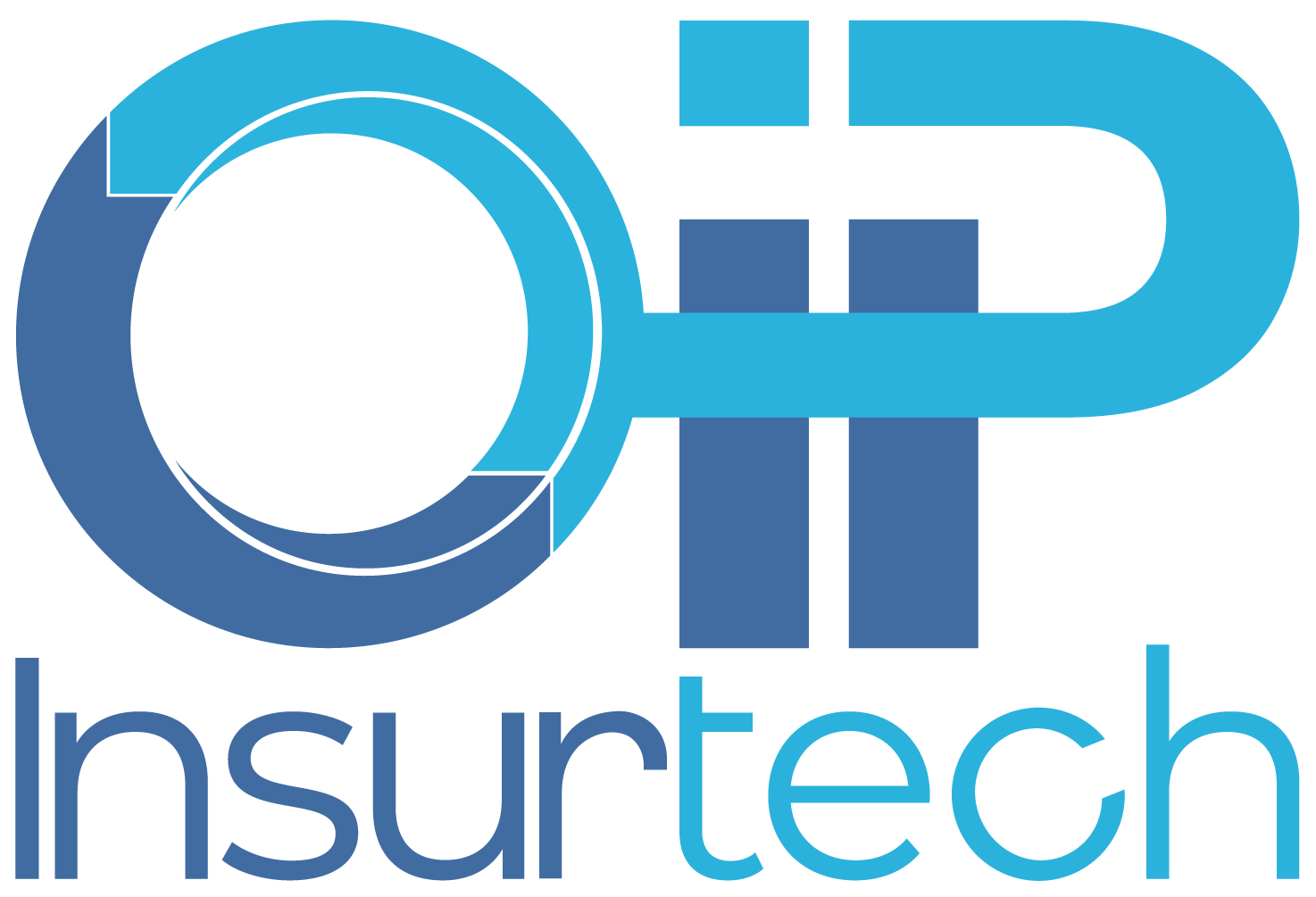Seeing Through the Paperwork: How OCR for Insurance Documents Drives Better Outcomes
The insurance industry still depends heavily on paper documents – applications, claim forms, loss runs – resulting in labor-intensive processes and frequent delays. Searching for data across disparate files not only slows underwriting and claims but also increases the chance of errors and missed opportunities. These challenges stand in stark contrast to modern customer expectations for prompt, digital-first experiences.
That’s why many insurers are turning to OCR for insurance documents. By recognizing text from scanned images or PDFs, optical character recognition (OCR) technology makes it possible to quickly digitize, categorize, and use the information buried in paperwork. Instead of retyping every detail, underwriters and adjusters can focus on the decisions that truly matter.
This article explores the transformative impact of OCR in streamlining insurance workflows and driving better outcomes for carriers, brokers, MGAs, and their customers.

The ongoing paper challenge in insurance
Manual bottlenecks
Across underwriting, policy issuance, and claims, insurers commonly handle stacks of paper files and scanned images every day. Relying on human eyes to find, interpret, and re-enter details leads to significant slowdowns. With so many data points to verify – ranging from coverage limits to beneficiaries – staff inevitably face backlogs. This bottleneck drags down quote turnarounds, delays claim settlements, and leaves underwriters short on time for higher-level tasks like analyzing risk or crafting specialized products.
Inconsistent formats
Not every application or endorsement arrives in the same template. Some carriers still use fully typed ACORD forms, while others attach supplementary schedules or partially handwritten notes. Brokers might send policy changes embedded within emails or unstructured PDFs. In this patchwork environment, it’s easy to miss a crucial clause or coverage detail. Every non-standard document requires extra scrutiny, adding to the workload and amplifying the risk of incomplete or inaccurate data entry.
Errors and delays
The repetitive nature of data transcription creates fertile ground for typos and omissions – misreading a zero in a coverage limit, mistyping an address, or overlooking a key exclusion. Even a seemingly minor mistake can snowball: an underwriter might price a policy incorrectly, or a claim might be approved without crucial checks. These errors trigger compliance flags, extra approval loops, and disgruntled customers who expect fast, precise service. As competitive pressures mount and digital alternatives grow, any delay or mistake can quickly undermine an insurer’s reputation for reliability.
Understanding OCR for insurance documents
Definition and basics
Optical character recognition (OCR) is a technology that converts scanned images or PDFs into digital text, freeing insurers from manually retyping lengthy forms. By analyzing the shapes of letters, numbers, and symbols, OCR engines build a machine-readable version of a document. In the insurance realm, this can mean processing everything from property schedules to multi-page loss runs in minutes rather than hours. Once documents are digitized, carriers and MGAs can easily search, categorize, and update information for underwriting or claims tasks.
Beyond basic scanning
Modern OCR tools go far beyond reading neat, typed PDFs. Advances in image processing and machine learning let systems handle different fonts, formats, and, to an extent, even handwriting. Instead of delivering a raw text file that needs further sorting, OCR software can recognize headers, policy numbers, or coverage limits, assigning them to the right fields in a database. This intelligent parsing drastically reduces manual oversight, especially when integrated with carriers’ existing systems.
Integration for end-to-end efficiency
Capturing data is just the first step. True efficiency comes when OCR outputs link seamlessly to underwriting, claims, or policy administration platforms. Some insurers rely on APIs to transfer digitized data instantly to next-stage workflows, while others use RPA to interact with older systems that lack direct integration capabilities. Either way, properly integrated OCR paves the way for fully automated document handling—where forms arrive, data is captured, and core processes update automatically, all without staff toggling between multiple software screens.

Key Benefits of OCR for insurance documents
- Reduced manual input: Data that once demanded hours of keying is now extracted in minutes. A single OCR run can handle multiple pages of complex forms, eliminating the need for underwriters and claims adjusters to toggle between physical files and computer screens. That means staff can focus on analyzing risk or settling claims rather than retyping the same data points.
- Faster turnarounds: Speedy document capture shortens the time to produce quotes or finalize claim settlements. With fewer manual steps to slow things down, teams can issue policies and respond to claimants more quickly. That speed makes a tangible difference in securing new business or retaining existing clients in competitive scenarios.
- Accuracy and compliance: By digitizing text and routing it directly into core systems, OCR helps insurers avoid transcription errors that can undermine policy details, coverage amounts, or claims decisions. Automated document trails also simplify compliance check – ensuring accurate records for auditors, regulators, and other stakeholders.
- Improved customer experience: Clients expect swift service and minimal back-and-forth on policy or claims paperwork. With OCR, insurers can gather essential details in real time and provide quicker responses. From a policyholder’s perspective, that means fewer delays, fewer requests for the same information, and a clearer sense of where things stand in the process.
Real-world use cases
Policy administration
When new applications arrive in paper format or as emailed PDFs, OCR rapidly converts them into structured data. Underwriters immediately see key fields – like coverage limits, property addresses, or loss histories – populated in their system without manual re-entry, reducing bottlenecks at the front end of the underwriting process and paving the way for accurate policy issuance.
Claims processing
Collecting invoices, medical reports, and repair estimates can overwhelm adjusters, especially after natural disasters or other large-scale events. OCR quickly extracts these documents’ billing codes, claim references, and important cost details. By feeding this data straight into claims systems, adjusters spend less time combing through paperwork and more time closing valid claims or investigating potential fraud.
Renewals and endorsements
Policy renewals and mid-term endorsements often require underwriters to revisit original documents, policy conditions, and prior coverage changes. With OCR, all relevant endorsements and forms become easily searchable digital records. Instead of rummaging through file cabinets, underwriters can locate specific clauses in seconds. This streamlined approach saves time and helps mitigate errors that can creep in when retyping or scanning multiple documents.
Loss runs and data mining
Insurance companies with large historical archives often have critical insights locked away in past claims data or legacy forms. OCR offers a gateway to digitizing and analyzing these records. By creating an accessible digital database of loss runs, carriers, and MGAs can identify trends, refine pricing strategies, and optimize portfolio composition, all based on accurate, searchable data rather than guesswork.
Challenges and considerations
Quality of source documents
OCR accuracy hinges on the clarity of scanned or photographed pages. Faded ink, handwritten addendums, and poorly aligned documents can all trip up even advanced OCR engines. While modern tools handle a variety of formats, consistently producing high-quality scans remains essential to limit errors and rework.
Legacy systems
Many insurers still use older policy administration or claims platforms that lack modern integration points. To fully realize the benefits of OCR, carriers and MGAs may need to employ RPA (robotic process automation) or custom APIs to move newly digitized data into their core workflows, which adds an extra configuration layer but can be tackled in phases without a full system overhaul.
Human oversight
Despite the rise of advanced document processing, certain edge cases demand a seasoned eye. Rare policy endorsements or heavily annotated forms might require an underwriter to confirm that the extracted text aligns with the intended coverage. Retaining a minimal human review step ensures that anomalies or unique coverage scenarios are addressed before they cause downstream errors.
Security and privacy
OCR solutions handle sensitive personal and financial information, from policyholder addresses to medical billing details. Encrypting data at rest and in transit, combined with rigorous authentication, helps maintain compliance with regulations like GDPR or HIPAA. Insurers also need to ensure their solutions track user access and maintain audit logs so any unexpected changes or anomalies can be traced swiftly.
The next step: Evolving beyond OCR
IDP and AI
Optical character recognition is a strong start for digitizing paperwork, but many insurers go beyond basic OCR by embracing intelligent document processing (IDP) or AI data extraction tools. These solutions don’t just translate text – they understand the document’s context, automatically tag key sections (like “Named Insured” or “Exclusions”), and validate the information against external sources. With IDP, carriers can ensure that data is extracted quickly and that it’s complete and correct.
Predictive analytics
Once data has been accurately digitized, underwriting teams can feed it into predictive models for faster, more accurate decisions. Whether it’s pricing risk, detecting fraud, or spotting renewal opportunities, having structured data from OCR or IDP sets the stage for advanced analytics. As these AI-powered models learn from every claim or policy, the organization gains valuable insights that drive better outcomes.

Introducing OIP Insurtech’s approach
NT Extractor
While standard OCR solutions stop at simply extracting text, NT Extractor—OIP Insurtech’s proprietary platform—builds upon that foundation with advanced AI-driven data extraction. Instead of handing you a raw text file, NT Extractor classifies, sorts, and validates insurance documents in near real-time, ensuring key fields like coverage limits, loss dates, and named insured details reach your systems quickly and accurately.
Industry knowledge
Many tech vendors promise OCR improvements, but few combine robust technology with firsthand insurance experience. OIP Insurtech aligns NTE’s capabilities with underwriting, claims, and compliance complexities. That synergy means faster results without overlooking the nuances only an insurance-savvy team can address.
Future-ready
Investing in NTE goes beyond immediate gains, such as quicker document processing and fewer errors. By structuring data at the source, carriers, and MGAs open the door to advanced analytics, predictive models, and risk-scoring tools that thrive on high-quality, real-time information. It’s an approach designed not just to fix today’s paperwork issues but to lay the groundwork for tomorrow’s digital transformations.
Final verdict
OCR for insurance documents is more than a tactical improvement. It’s a strategic leap toward fully digital, data-driven operations that firmly leave manual processes – and the delays they cause – in the past. Embracing OCR opens the door to advanced analytics, AI-driven underwriting, and a level of efficiency that sets insurers apart in an evolving market. Those willing to invest in the right tools and expertise now stand to lead the industry into the next era of insurance innovation.
Key takeaways
- Boosted Efficiency: Digitizing insurance paperwork with OCR cuts out retyping, saves staff hours, and shortens both underwriting and claims cycles.
- Fewer Errors and Compliance Gaps: Automated text capture drastically reduces transcription mistakes, offering a clearer, more auditable process.
- Enhanced Customer Satisfaction: Faster turnarounds and fewer forms to fill mean customers see real value in your streamlined operations.
- OIP Insurtech Advantage: NT Extractor and a team steeped in insurance expertise ensure technology that fits real workflows, not just abstract theory.
Ready to explore how automated data entry can transform your claims process? Contact us today to learn more.

